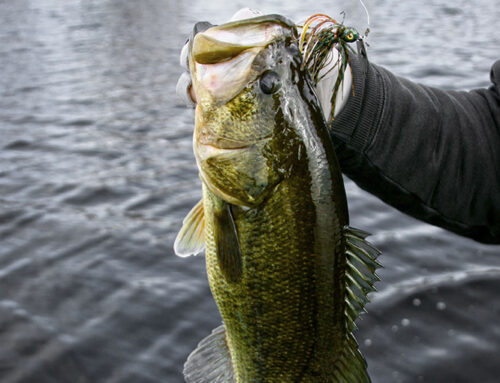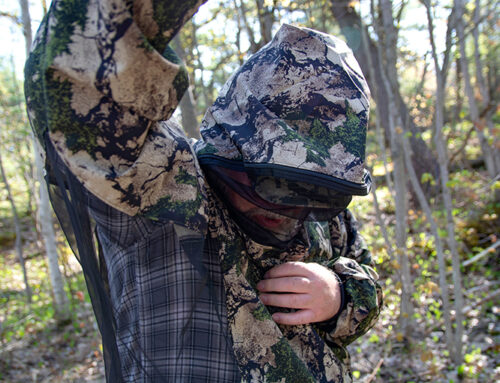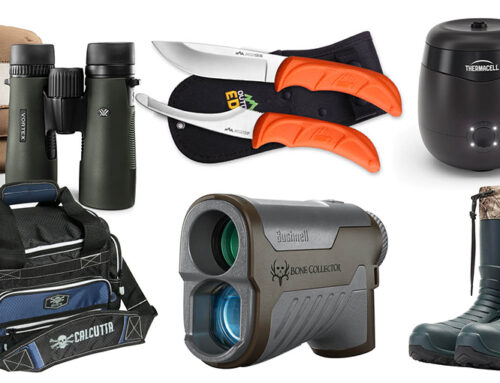 Catching more fish is what motivates anglers to make their fishing gear better. Here are several ways to trick out your bass gear and take your game from good to great.
Catching more fish is what motivates anglers to make their fishing gear better. Here are several ways to trick out your bass gear and take your game from good to great.
Fast and furious reels
Super-tuning a baitcaster can transform a good reel into an amazing one. Upgrading bearings, swapping spools, and changing the handle can mean huge improvements to the overall feel and smoothness of the reel. Ryan Leung of Toronto loves to tinker with his baitcasting reels.
“There are two aspects to it: you can alter the aesthetics, and you can change the performance,” explains Leung. He routinely modifies his reels and offers his services to his buddies, who have reaped the benefits of his work.
THE SPOOL:
One of Leung’s most common alterations involves replacing heavy metal parts with carbon fibre or ultra-light aluminum ones. In Japan, the bait finesse craze has pushed after-market companies to produce the lightest and smoothest reel parts possible.
Leung recommends replacing a deep metal spool with a shallow, superlightweight aluminum alloy one. Daiwa, Megabass, and Shimano offer spools, as do several aftermarket manufacturers. Spools are either solid or ported, some are even considered honeycomb or skeleton spools.
THE HANDLE:
Another improvement is changing the reel handle. Lengthening it from the stock 70mm, to a 90 or 100mm version creates stronger, more positive cranking power. A sideswept handle looks awesome and provides more power, as it’s closer to the reel frame, preventing torque.
Handle knobs can be stylized with acrylic, cork, EVA form, metal, POM, wood and Zion grips, and each option creates a unique look and feel.
THE GEARS:
To really improve performance, the internal gears must be swapped out. Exchanging bushings for bearings totally transforms the reel, as does replacing the spool bearings with either Japanese micro ball stainless or ceramic ball bearings. They provide the silkiest of silky spool spin in an aluminum housing.
The need to heave lures out is gone and even a half-hearted cast will send a 1⁄4 ounce (or lighter) lure as far as heavier options. Over the course of a day, expect less fatigue, superior accuracy, and easier retrieving.
Where you feel the difference is on the water. The need to heave lures out is gone and even a half-hearted cast will send a 1⁄4 ounce (or lighter) lure as far as heavier options. Over the course of a day, expect less fatigue, superior accuracy, and easier retrieving.
Custom art
There are many levels to tweaking your favourite bait. Colour is the easiest thing to alter, especially if you’re particular and want to match the water or forage. An assortment of permanent markers can have you performing da Vinci quality artwork right in the boat.
Chartreuse or orange stripes across a lure can help turn your luck around. Though less precise, dye pens and dips are also popular for easy colour changes, particularly on jig skits and soft plastics.
Re-creating colour schemes or a fully customized paint job takes modification to an even higher level. An airbrush or a few spray cans enable you to create something unique, though they require more commitment on your part. You can pay an artist to do your custom work, but the wait times are long and you’ll pay top dollar. Plus, doing it yourself is more satisfying.
Painting tips
To start painting, remove the lure’s original finish to prepare the surface for the new paint. Next, determine your base colour and accent hues. For the most successful result, use a template, as it will ensure consistency and repeatability, and will keep bars, gill cheek splashes, and lines sharp and professional looking. Fashion a template from a thin sheet of plastic or clear transparency (the kind used for photocopiers). The beauty of the transparency is that a pattern can be created on the computer then printed onto the sheet. Once completed, cut out the sections you wish to receive paint.
Japanese guide and tournament angler Jun Shoji, with whom I fished in Lake Biwa, has turned his passion for customizing lures into a small business. When applying a scale pattern, he recommends using a plastic mesh. Shoji wraps the mesh around the bottom of the bait, and clothespins along the lure’s spine during painting. This type of finish is not limited to hard baits; he loves the results on jig and spinnerbait heads too.
This article originally appeared in our 2015 Fishing Annual. Ontario OUT of DOORS is available in both print and digital formats. Subscribe here.






Leave A Comment